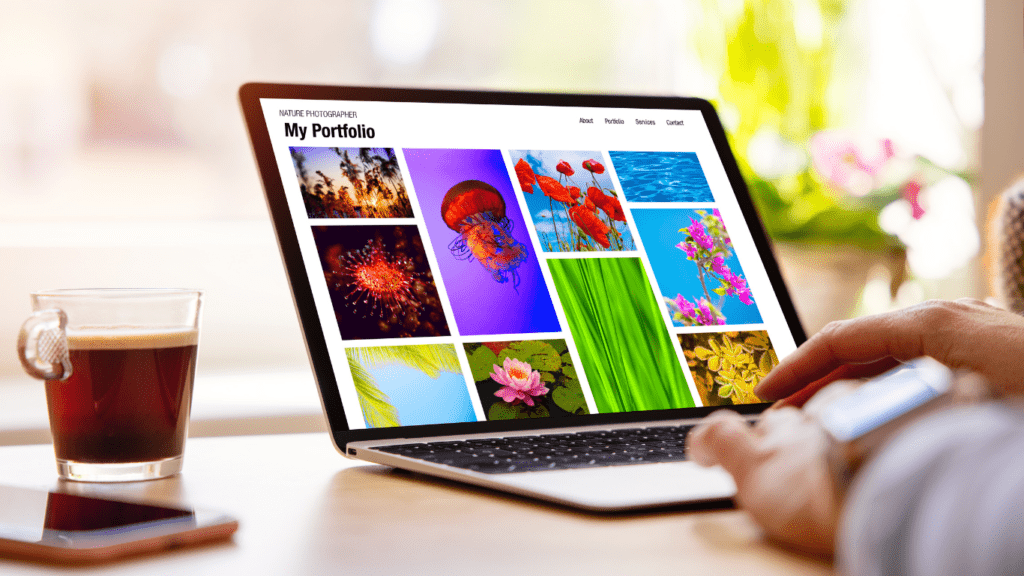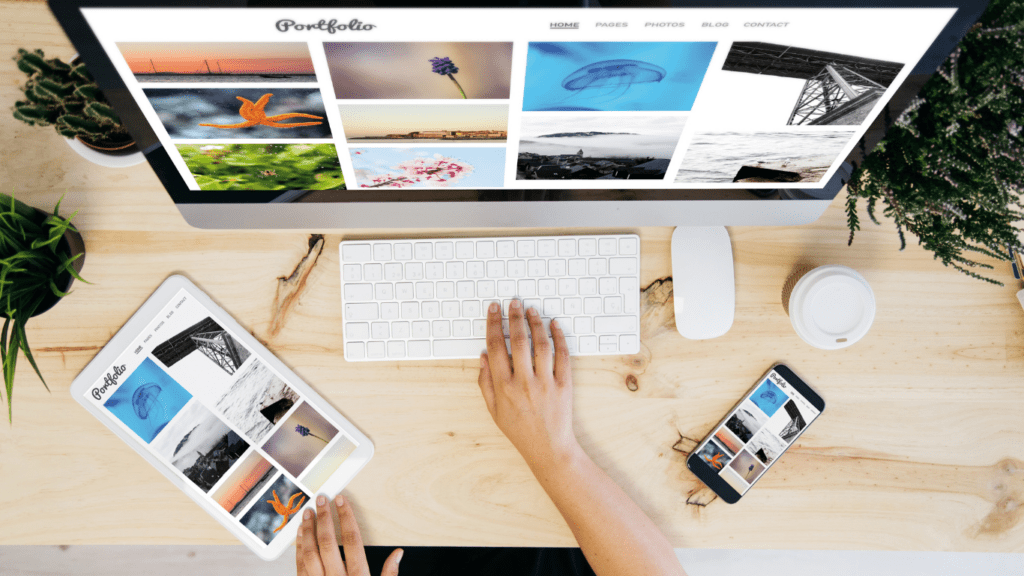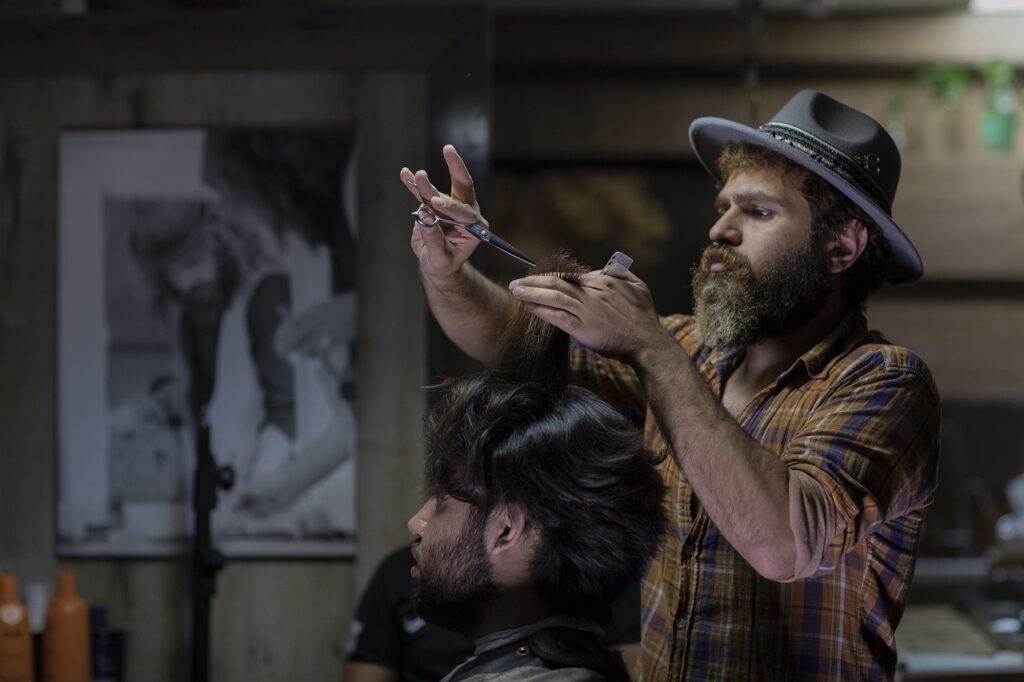Balancing versatility with a strong personal identity can feel like walking a tightrope, especially when showcasing diverse work. I’ve often wondered how to highlight different skills and projects without diluting the essence of who I am or what I stand for. It’s a challenge many creatives and professionals face, especially in today’s fast-paced, multifaceted world.
Understanding Versatility in Creative Work
Versatility in creative work reflects the ability to adapt stylistically while maintaining an authentic voice. It allows professionals to engage diverse audiences and express multidimensional expertise.
What Does It Mean to Be Versatile?
Being versatile means possessing the flexibility to explore multiple styles, mediums, or perspectives without compromising foundational identity. For example, a graphic designer could excel in minimalist branding designs and intricate digital illustrations, but the unifying element might be a focus on clean composition or impactful storytelling. Versatility amplifies creative expression while reinforcing consistency in core values or themes.
The Importance of Showcasing a Range of Skills
Highlighting a range of skills presents a multifaceted professional identity. Clients or collaborators value portfolios that demonstrate adaptability, such as a writer capable of technical guides and compelling narratives. This diversity aligns with shifting industry demands and broadens opportunities, provided every showcased piece aligns with core creative principles.
Balancing Diversity and Identity
Presenting diverse work while preserving a cohesive identity requires intentional effort. I believe it’s possible to showcase versatility and still highlight a distinct, recognizable style.
The Challenge of Maintaining a Cohesive Vision
Combining varied styles or approaches often risks creating a disjointed presentation. Inconsistent elements can obscure core identity, confusing collaborators or clients who value clarity. If each piece varies greatly, showcasing becomes more complex. For instance, a photographer shifting from abstract landscapes to corporate headshots might struggle to tie both into a unified narrative.
Cohesion stems from underlying principles like:
- consistent color theory
- tonal quality
- thematic focus
Without linking each piece to foundational values, the portfolio risks losing its central voice.
Strategies to Stay True to Your Unique Style
Prioritize integrating a signature element that connects all showcased works. For me, this could mean a recognizable preference for bold typography or a specific narrative perspective. By weaving this element consistently, even contrasting styles can feel unified.
Organize your portfolio by category, theme, or project type. This structured approach emphasizes versatility while ensuring clarity. For example, dividing minimalist and illustrative designs into separate sections still reinforces your identity by presenting an intentional, thoughtful curation.
Highlight foundational strengths that guide your adaptability. An illustrator might focus on their mastery of form and detail across different techniques, maintaining continuity across diverse outputs. Leveraging such strengths ensures authenticity, regardless of stylistic variation.
Tips for Including Diverse Work

Balancing diversity and identity in showcasing your work requires intentional organization and a clear focus on recurring themes. Maintaining coherence across projects ensures that versatility strengthens rather than obscures your professional image.
Organizing Your Portfolio Effectively
- I structure my portfolio to reflect both variety and clarity by categorizing work into distinct sections.
- Grouping similar projects by style, medium, or purpose helps viewers quickly identify specific strengths. For example, categorizing branding designs separately from editorial illustrations avoids unnecessary overlap.
- I also sequence my sections strategically, placing my strongest or most relevant pieces first.
- This approach ensures that potential clients or collaborators see high-impact examples upfront.
- If my portfolio includes multi-disciplinary work, I label projects clearly to provide context, such as noting whether a website design integrates UX, development, or content strategy.
Highlighting Core Themes Across Different Projects
I identify and consistently emphasize underlying themes that connect the diversity in my work. These themes—such as innovation, storytelling, or clean aesthetics—align with my professional identity and signal my creative values. For instance, whether showcasing a minimalist logo or a complex poster design, I focus on how clarity and balance inform every piece.
I incorporate visual or narrative elements that tie different projects together, such as a signature color palette, typography choice, or recurring motifs. Annotating my portfolio with brief case studies or descriptions allows me to highlight shared objectives or problem-solving methods across varied examples. This approach reinforces my brand identity while celebrating my adaptability.
Tools and Techniques to Showcase Versatility
Versatility shines when effective tools and techniques present it cohesively. Choosing the right platforms and crafting compelling narratives reinforces identity without compromising diversity.
Digital Platforms to Display Your Work
Digital platforms make showcasing work accessible and flexible. I focus on platforms like personal websites, Behance, or Dribbble to display diverse projects. Websites offer complete control, allowing me to structure sections for varied disciplines. Platforms like Instagram or LinkedIn provide visibility to broader audiences, with strategic posts highlighting specific skills. Including interactive elements like portfolio walkthroughs or multimedia displays boosts engagement and demonstrates capability in multiple formats.
I also adapt content for different audiences by tailoring platform-specific presentations. For example, I might use Instagram for a visual overview while leveraging a LinkedIn article to detail processes, ensuring my identity remains consistent across formats. These tools let me blend creativity with professionalism effectively.
Utilizing Storytelling to Connect Your Pieces
Storytelling creates cohesion when connecting diverse work. I use narratives to reveal underlying themes, such as innovation or problem-solving, that tie projects together. Annotating each piece with a description of its goals, approach, and result provides context and humanizes the work. For instance, a project combining minimalist branding and dynamic illustrations could share a unified theme of adaptability in communication.
I embed visual or written stories directly in my portfolio, highlighting challenges overcome and client objectives achieved. This approach not only underscores my versatility but also lets potential collaborators see how my solutions align with their needs. Storytelling rooted in core identity ensures that diverse work doesn’t feel disjointed but instead reflects shared values.




